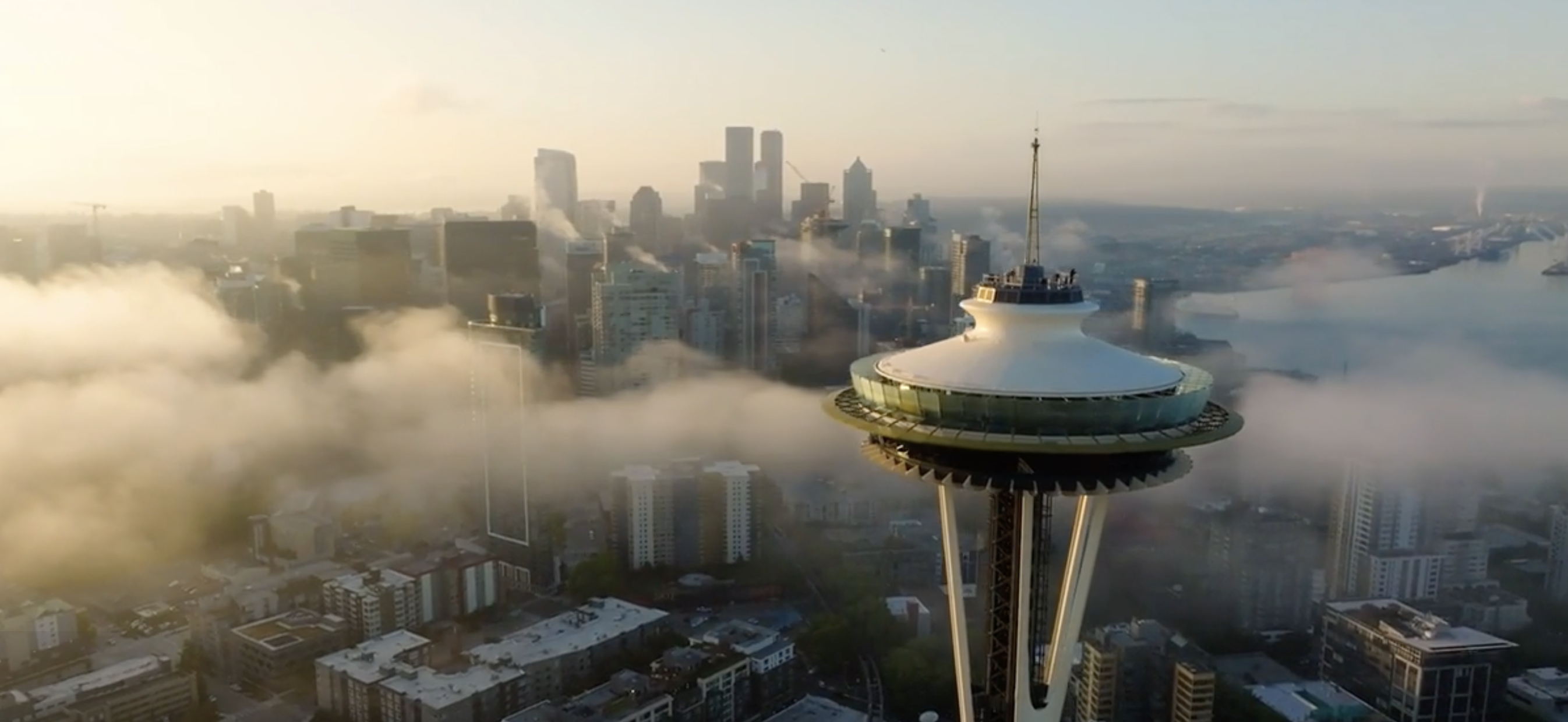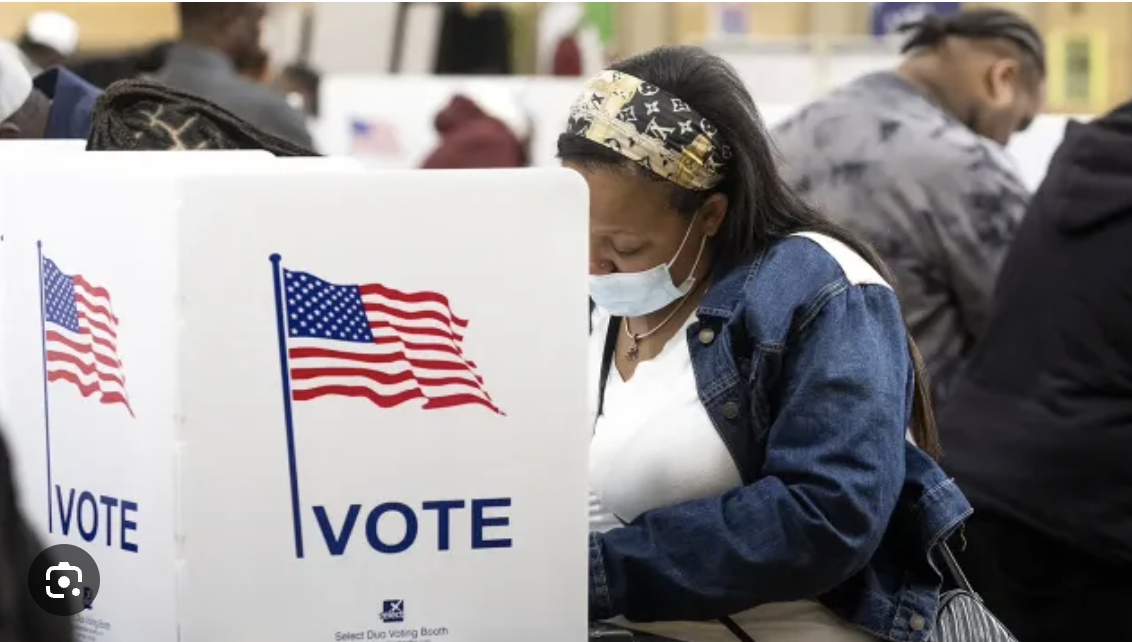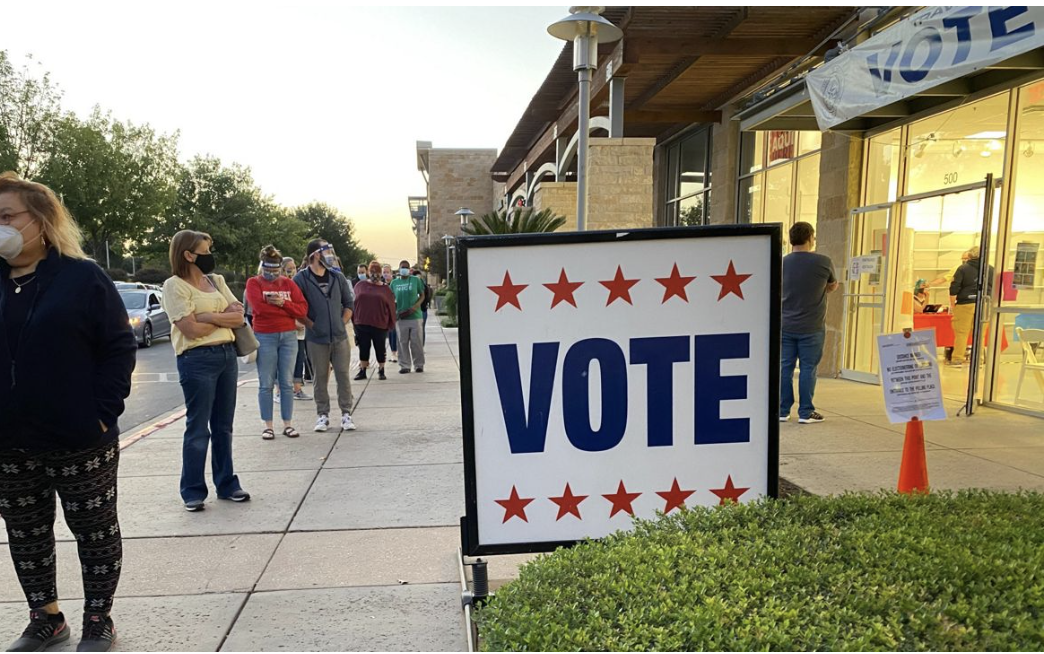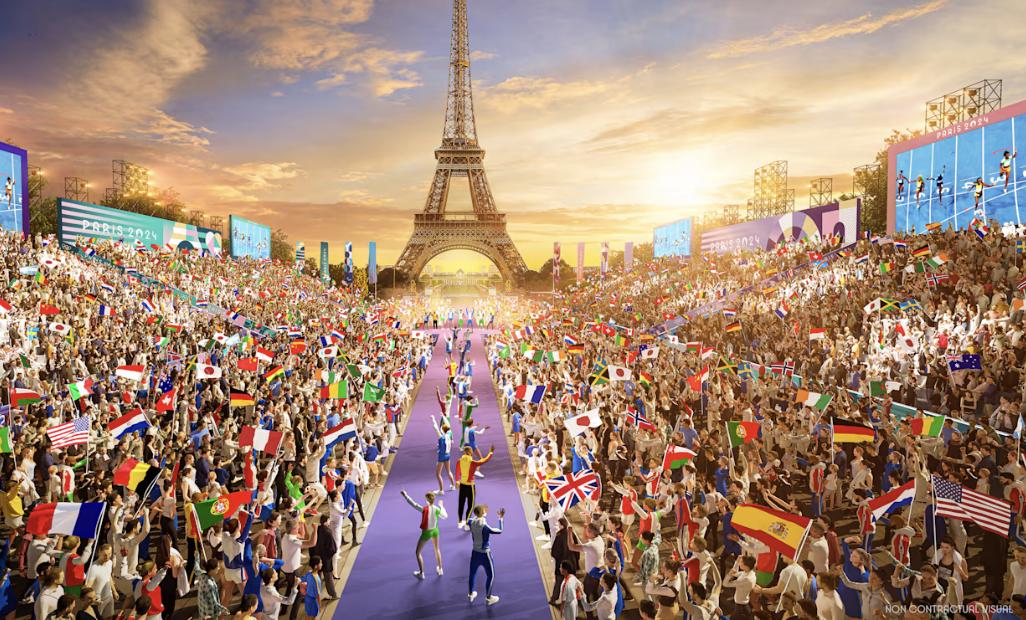
by Matthew Cooke (Verified Human)
Ever since Seattle hosted the World’s Fair in 1962, the Space Needle has held a privileged and cherished place in the city’s skyline. Building codes, geography, and good old-fashioned civic pride conspired over the decades to create a devoted space—a whole neighborhood, in fact—to ensure the structure continued to stand out, both literally as a visual reference, and figuratively as a public symbol.
However, with the Seattle area’s growth over the last two decades as a world capital of the tech industry, along with the housing crisis which has accompanied it, that exalted status is under thread.
Spearheaded by Amazon’s huge footprint of downtown office space, based primarily in the nearby South Lake Union neighborhood, many new buildings have sprung up to support both workers as well as new residents. Soaring skyscrapers like the Rainier Square Tower, completed in 2021, and the F5 Tower, which sprang up in 2017, have fundamentally altered the city’s appearance.
These hulking structures and the city’s growth overall have so far remained outside the immediate periphery of the Space Needle, an area loosely bordered by Denny Way to the south, Highway 99 to the east, Puget Sound to the west, and Queen Anne hill to the north. A consortium of business leaders, housing advocates, and maverick city leaders are now eying this “forbidden zone” for new development.
“Nobody wants to diminish the Needle,” says Josh Palmer, Developmental Director at Construction Blink, a commercial building company based out of Everett. “The fact is, the city has been too conservative in maintaining the footprint (around the Space Needle), and we think there’s an opportunity to both serve the needs of the business community, as well as preservationists who rightly want to maintain the building’s iconic status.”
Rhea Lewis, a Community Coordinator at Seattle non-profit Housing Helpers, agrees—to a point. “The city has definitely been overprotective of the area for a long time,” said Lewis. “Even as homelessness exploded during the pandemic, they wouldn’t even talk to us about how we might better use the space for unhoused residents. But I think we need to be careful about letting the developers take over.”
Despite Lewis’s concerns of overdevelopment, for the last several years she and several other housing advocates have actively worked with Palmer and other building company representatives to create a united front as they approach Seattle’s city representatives and historical preservation groups.
They’ve had their hopes raised recently by statements from some of the Seattle City Council’s newest members, including District 7 Representative Andrew Katz, who serves the area of Lower Queen Anne in which the Space Needle sits.
“Our city needs to explore every option to increase housing and support local businesses,” said Katz in a community Town Hall meeting last April. “In my view, that includes building higher, and looking at options that have traditionally been out of bounds.”
Other community leaders, however, differ on the need to develop the area, with some questioning the motivations behind new construction. “There are many cheaper, more accessible, and easier to develop locations around the city,” said City Council member Roxanne Viotto. “I don’t know why we would look to that neighborhood first when we have a number of better options elsewhere for both housing and office-related building purposes.”
Not all housing advocates agree on the wisdom of building in the area either. “It really seems like a hugely uphill battle to me,” argued Bill Francis, who manages new project work at Seattle Homestead Project, a homeless advocacy group. “There are all kinds of spots in the Central District, South Seattle, and even closer to downtown services that would be easier to acquire. The land is just sitting there.”
Seattle Historical Preservation Society’s John Ashford agrees. “Throughout Seattle’s history, builders have neglected common sense growth solutions,” said Ashford.
“The footprint of this city is pretty large,” added Ashford. “Is this something we really need to do? I’d argue we’re not there. At least, not yet.”


![[ADVERTISEMENT] BUY REAL ESTATE in SEATTLE](https://seattlepost.org/wp-content/uploads/2024/06/Screenshot-2024-06-12-at-12.07.22-PM.png)

